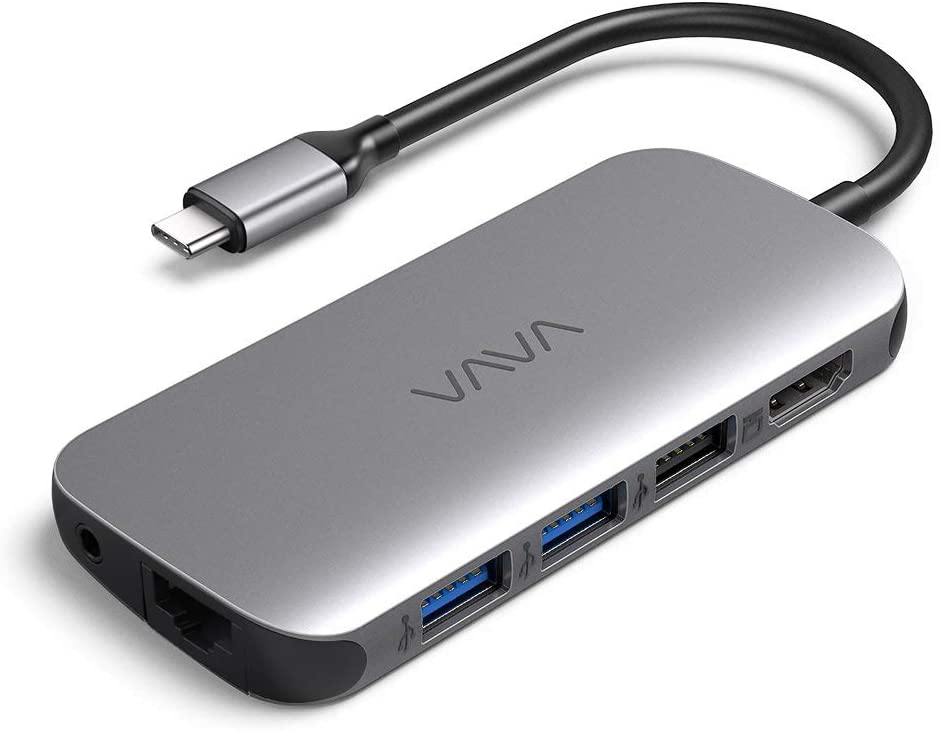by R. Preston McAfee, July, 2020
Audio or Lip Sync issues are incredibly frustrating. They wreck a movie for me. Movies work well when they suck you into the story; audio sync breaks that engagement.
When my projector died, I decided now was the time to upgrade to 4K (bottom line: don't bother). But the ten year old media PC couldn't push 4K, so I had to upgrade that too, and I bought an Intel NUC. Overall it is a delightful device, but the synchronization between audio and video would gradually drift out, getting progressively worse, drifting about 1 second every fifteen or twenty minutes, enough to ruin a movie. The loss of synchronization happened with all media: streaming or local playback.
There are many cures for this problem posted online, enough so that it is clear that it is actually many different problems. Some people have issues with RealTek drivers for their headphone jack. Some people have droppped frames. Some people only have problems with a single browser and switching browsers fixes the problem. This site provides ten solutions. None of them worked for me, and none of them did any harm, either.
What did work for me for months was avoiding the headphone jack as a source of audio and using the USB-C port. Initially I used a device like this

which sends audio through the USB-C port, avoiding the RealTek drivers that govern the 3.5mm audio jack. (This is a "USB-C to 3.5mm adapter.") I thought the problem was solved. But, after about two months, the problem recurred, though not as severely. I tried two other USB-C to audio devices that I happened to have for my phone, and they didn't help.
What worked in the end was this device, known USB-C hub:

Morever, in order for this solution to work, I had to plug in the HDMI cable as well as the audio, that is, I used USB-C for both audio and video. So far, that solution has held. It even gave me a extra few USB-A ports. (These hubs are sometimes missing a 3.5mm audio jack, so make sure that you get one that has both HDMI and an audio jack.)
I'm not sure why. I tried this on the theory that perhaps it wasn't an audio problem at all, but a video problem -- perhaps dropped frames were causing the video to lose synchronization. Moreover, the projector runs at 30 frames per second and Windows reports that video is set at 29 frames per second, which seems like it should cause problems. (Selecting 30 in the display settings in Windows doesn't actually change the frame rate, which reverts back to 29. I have no idea what is going on here.) In any case, I thought it was sensible to use the same device for audio and video, and this is one way to do that.
I didn't find this solution on the web, so I am posting it.